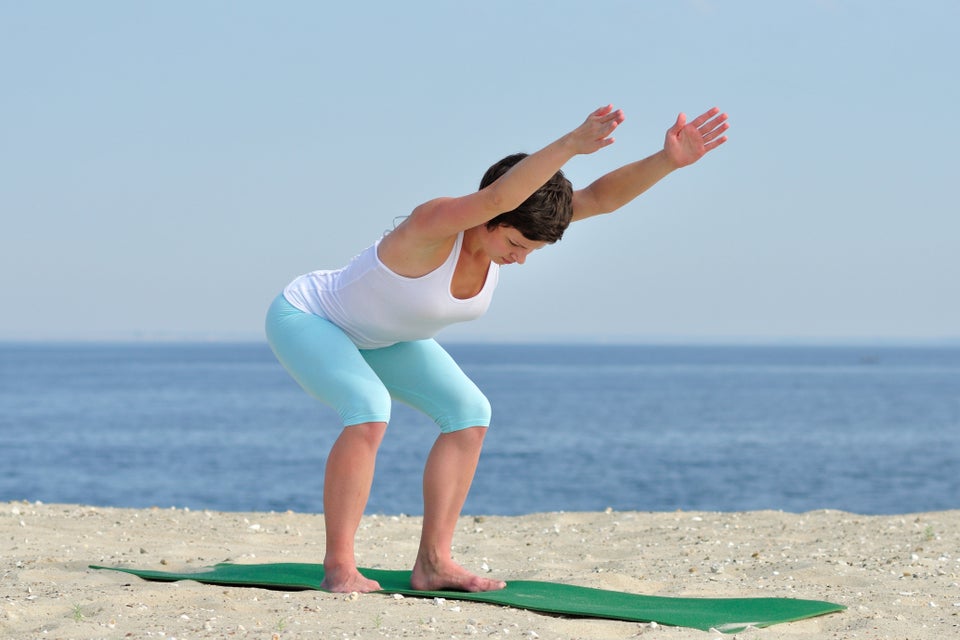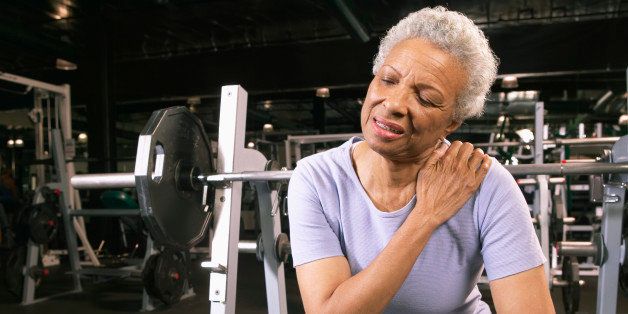
SPECIAL FROM Grandparents.comThe anti-aging benefits of exercise — both aerobic and strength-building — have been well documented. But that's old news. What's encouraging is that 50% of adults get the recommended amount of aerobic activity, 30% do enough muscle-strengthening activities, and 20% fully meet the federal government's physical activity guidelines, according to a 2013 press release from the CDC.
And though any physical activity is better than doing nothing at all, certain basic fitness moves can cause injury or just waste your time, if done improperly. "With regards to exercise, we sometimes exercise for the sake of exercise and especially in our age group, we don't think about what the goal is," says Jim Thornton, President of the National Athletic Trainers Association. "Many older people end up with joint replacement of some kind, because of a lack of medical knowledge earlier in their lives." Protect your joints and muscles—and get in shape the right way—by avoiding these common fitness blunders:
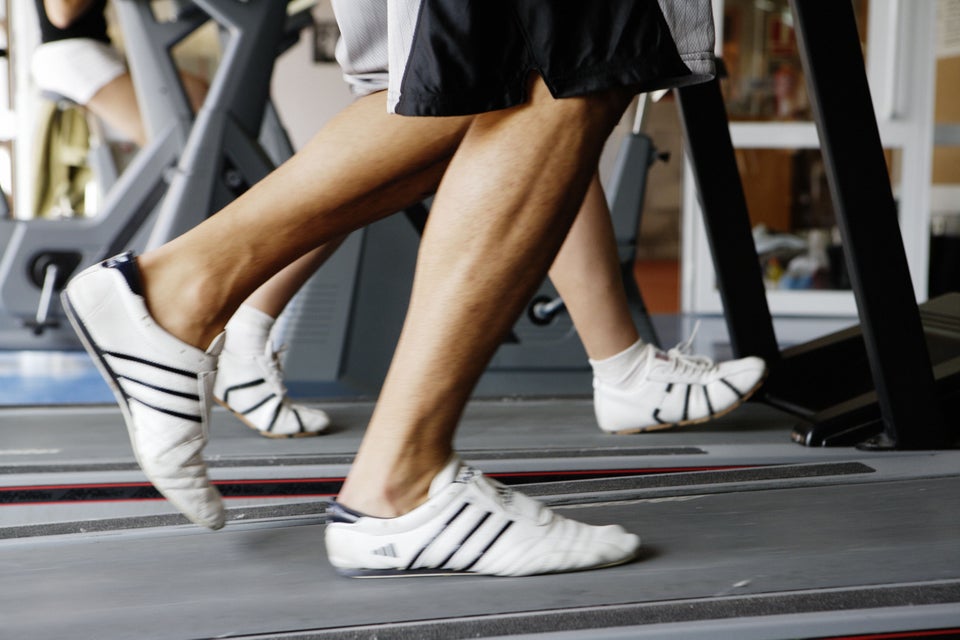
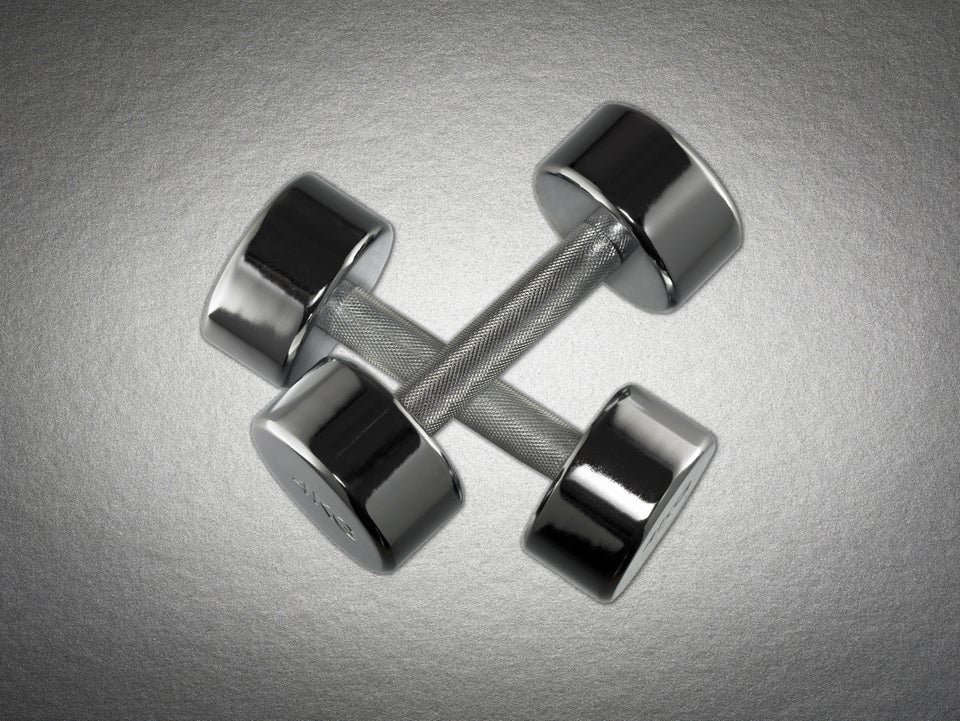

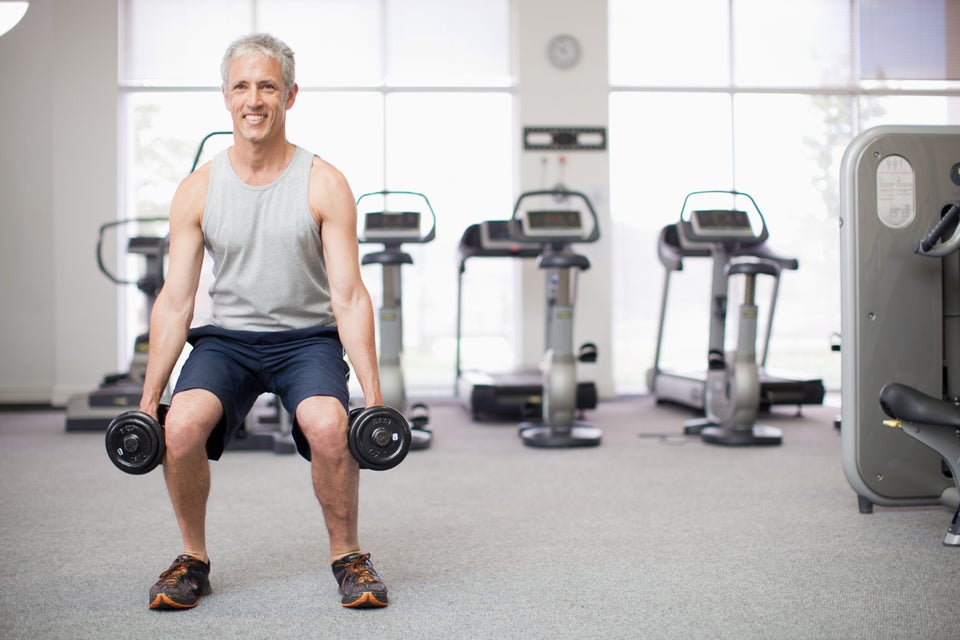
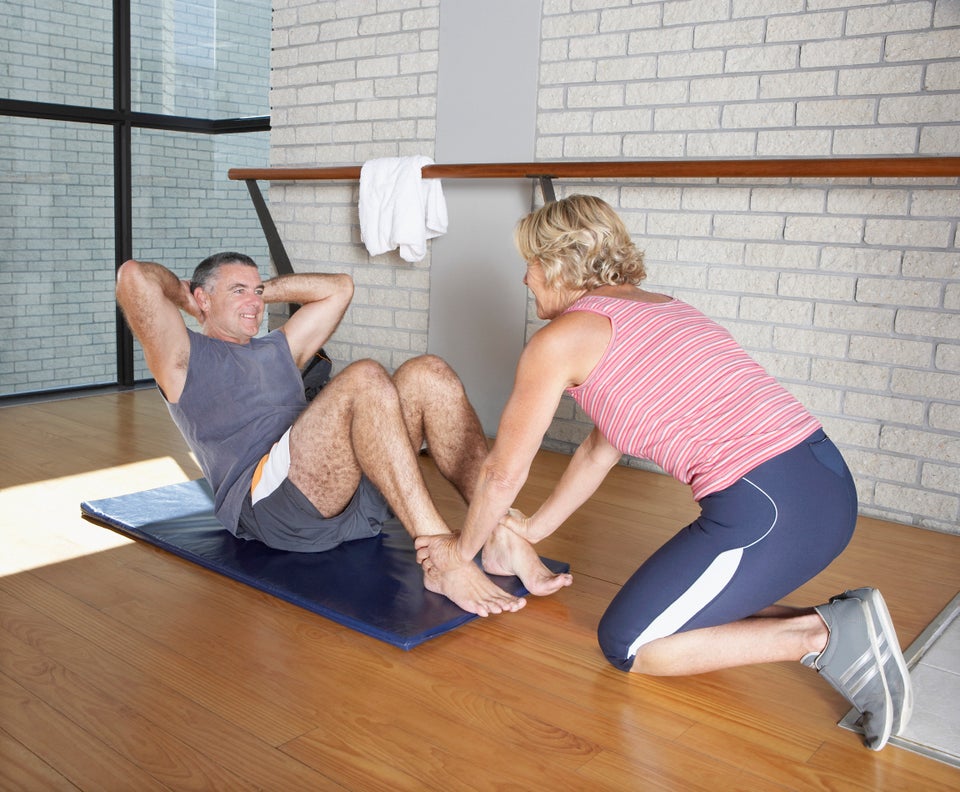
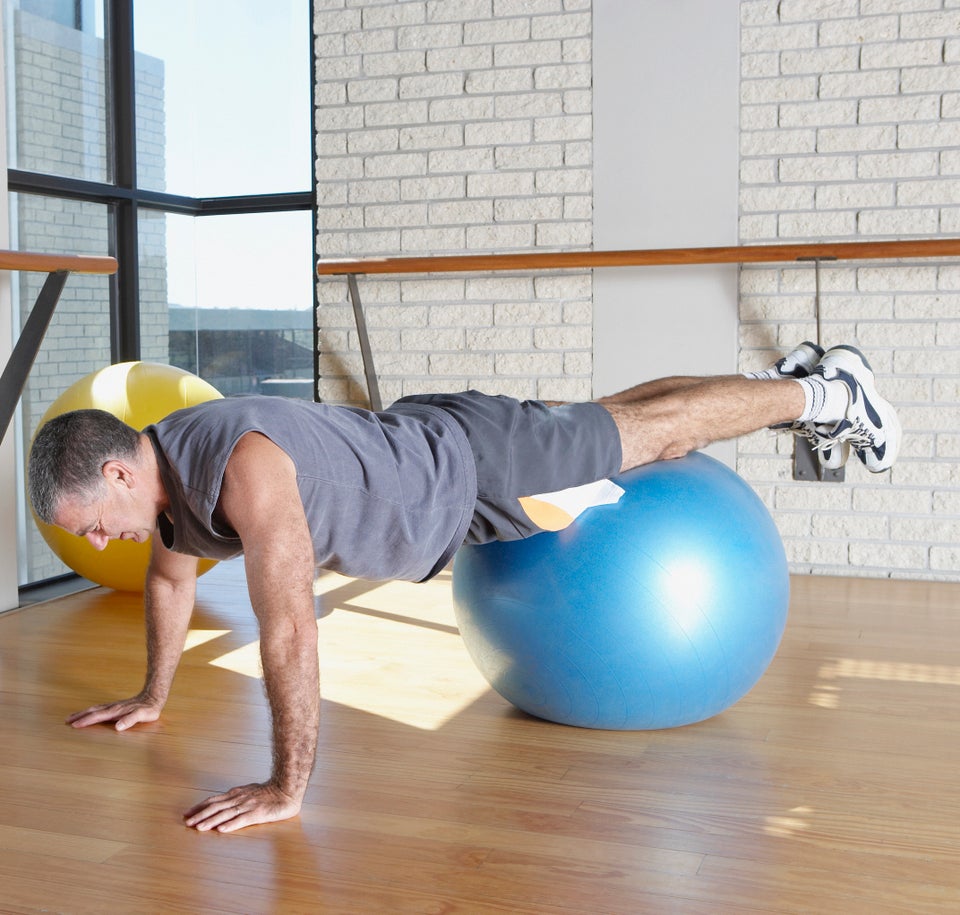


To see improvements in muscular strength and endurance, strength training exercises should be done twice a week, says Ratliff. "Depending on your fitness level and goals, do 8 to 15 repetitions and 1 to 3 sets of each exercise. And remember that stability, mobility, and movement are more important than external weight."
Also, always incorporate a warm-up and a cool-down before and after every workout. "Make sure that the muscular and cardiovascular systems are ready for the activity," says Ratliff. "And that when you're done, they cool down properly. If people are doing something intense and they stop suddenly, then the blood won't make it's way back to the heart and brain to get oxygenated, and you can get faint or lightheaded."
Note: Consult your doctor before starting a new exercise regimen.
Read more from Grandparents.com:8 Easy Ways to Protect Your Back6 Best Exercises for Your Knees10 Best Stress-Relieving Foods
